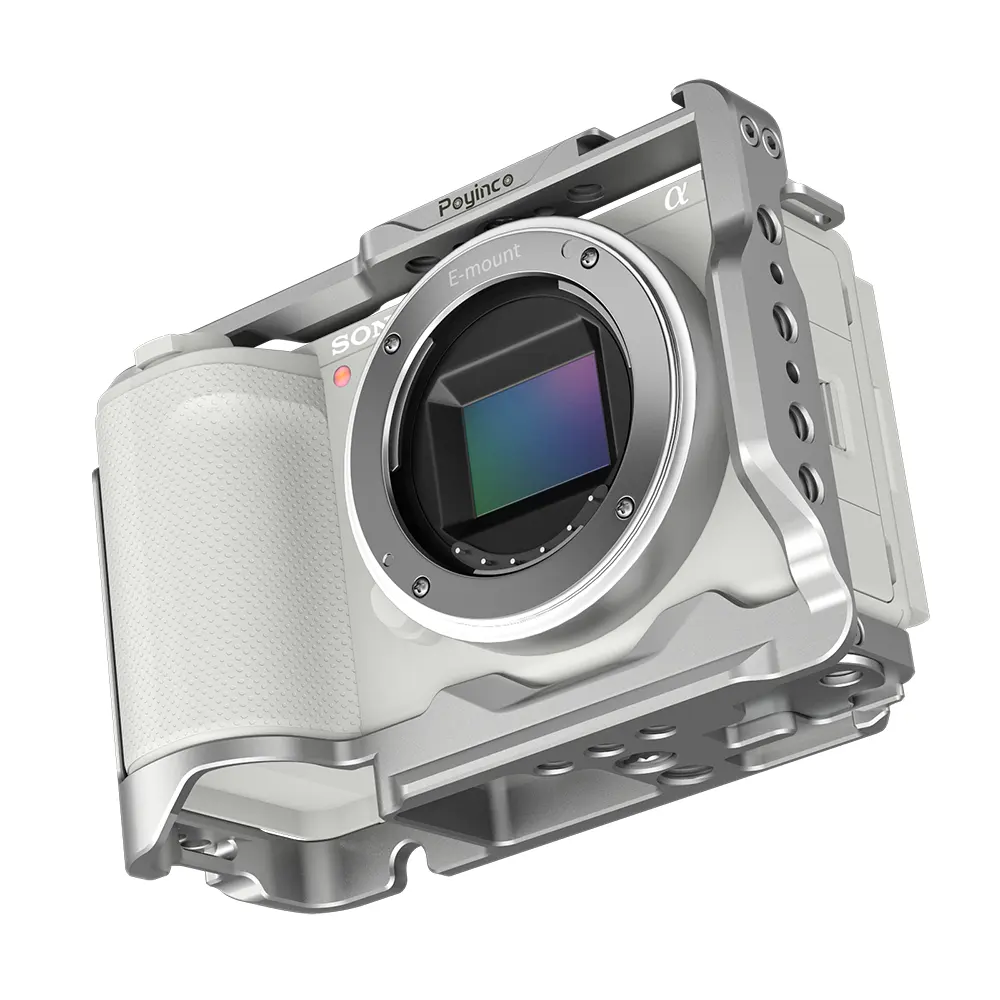

Time:2025-02-20 Views:1

Macro lens adapters are crucial accessories for photographers who aim to capture detailed close - up shots. Understanding their impact - resistance speed is essential, especially for those who use them in dynamic or potentially hazardous shooting environments.
The impact - resistance speed of a macro lens adapter refers to the maximum speed at which it can withstand an impact without getting damaged. This speed is determined by several factors. Firstly, the material used in the adapter's construction plays a significant role. High - quality, durable materials such as aerospace - grade aluminum or reinforced plastics are often used to enhance the adapter's impact - resistance. Aluminum, for example, offers a good balance between strength and lightweight, making it suitable for withstanding impacts during normal use.
Secondly, the design of the adapter also affects its impact - resistance speed. A well - designed adapter will have features like shock - absorbing mechanisms. Some macro lens adapters are designed with rubber - lined edges or internal shock - absorbing pads. These components can absorb the energy from an impact, reducing the stress on the adapter's internal structure. For instance, when a camera with a macro lens adapter is accidentally dropped, the shock - absorbing pads can cushion the impact and prevent the adapter from cracking or getting misaligned.
Manufacturers usually conduct a series of tests to determine the impact - resistance speed of their macro lens adapters. These tests may involve dropping the adapter from a certain height onto a hard surface or subjecting it to simulated impacts using specialized equipment. The results of these tests are then used to provide users with an indication of the adapter's durability. However, it's important to note that the actual impact - resistance speed may vary depending on the angle of impact, the surface on which the adapter lands, and the overall condition of the adapter.
Read recommendations: